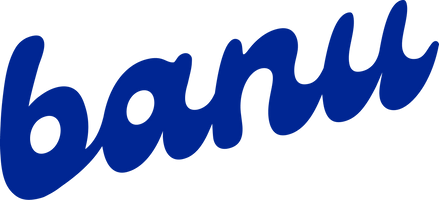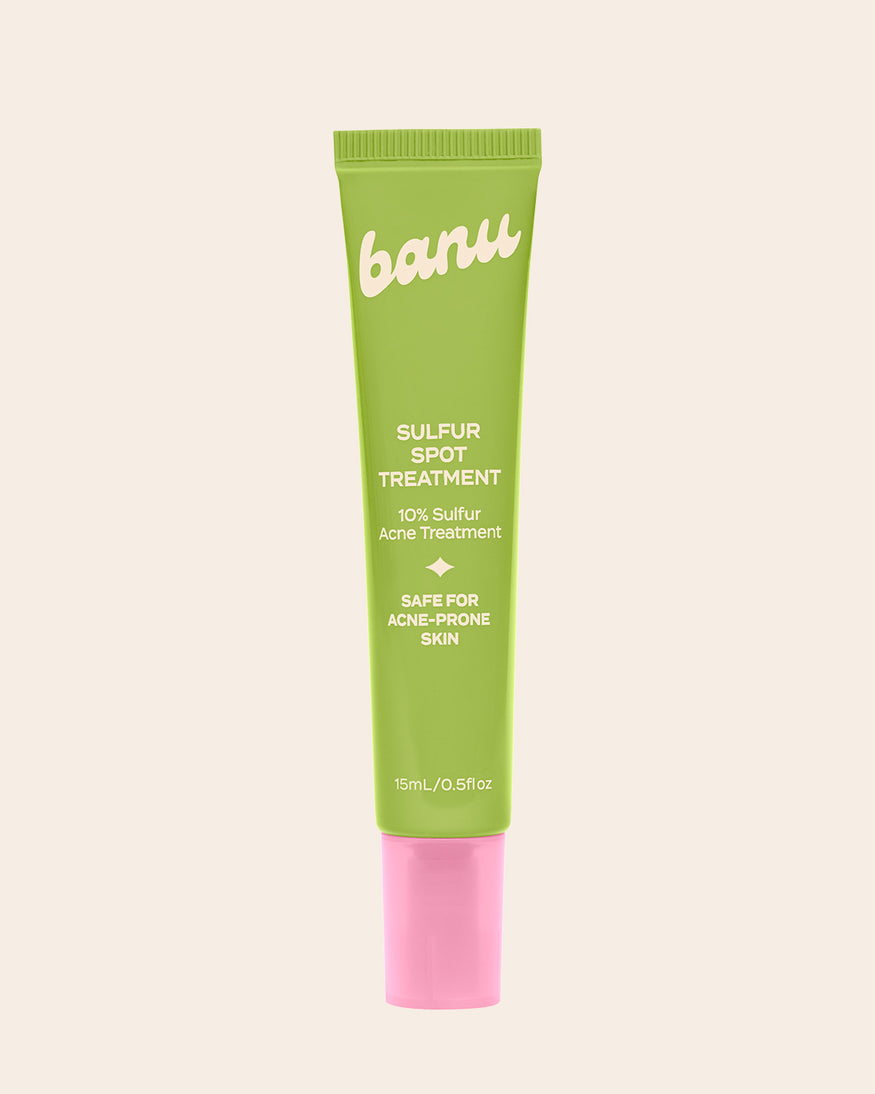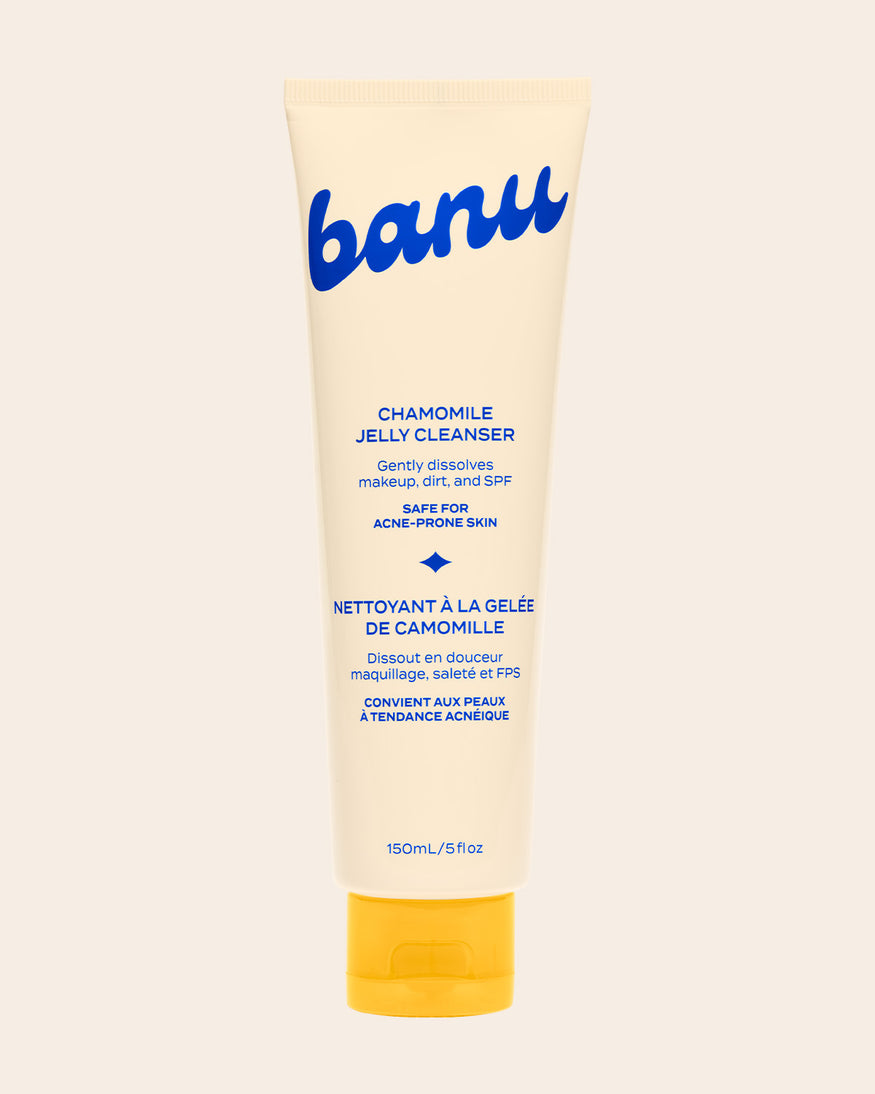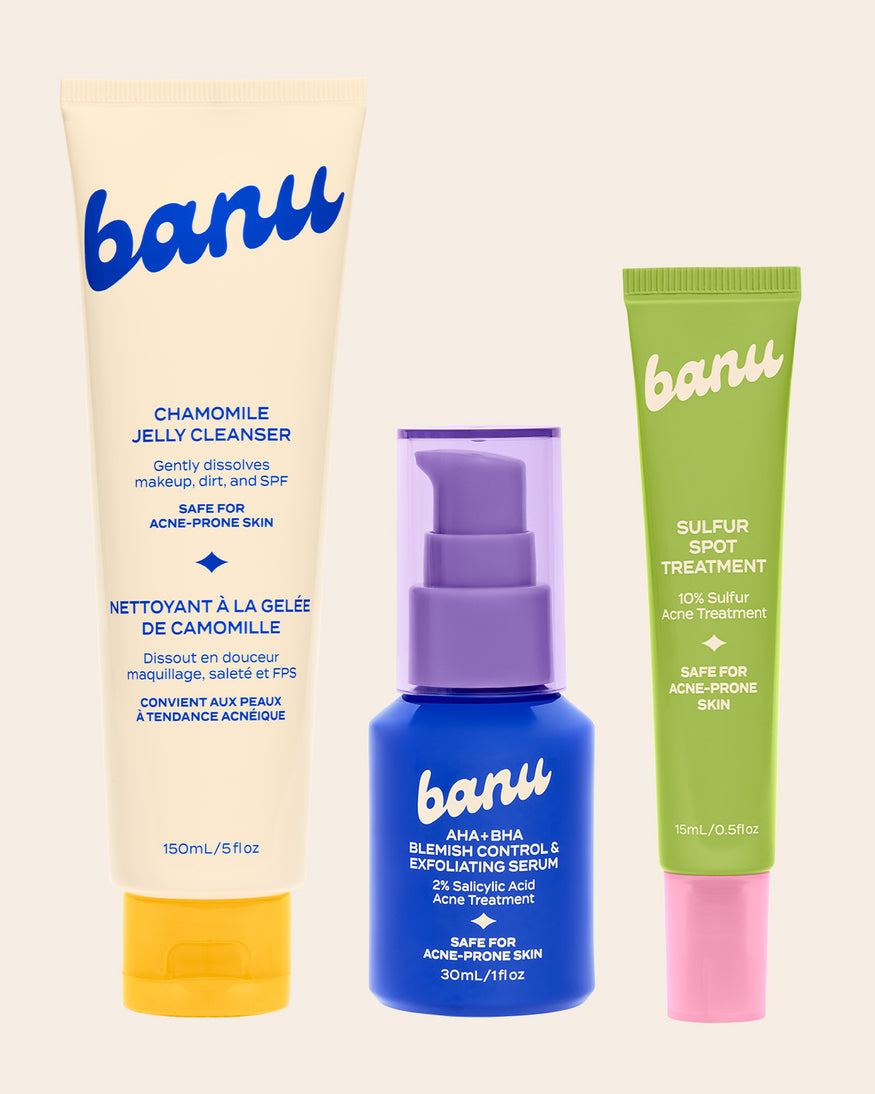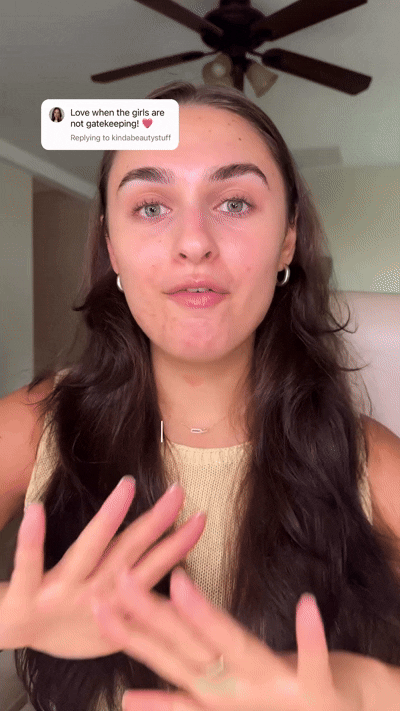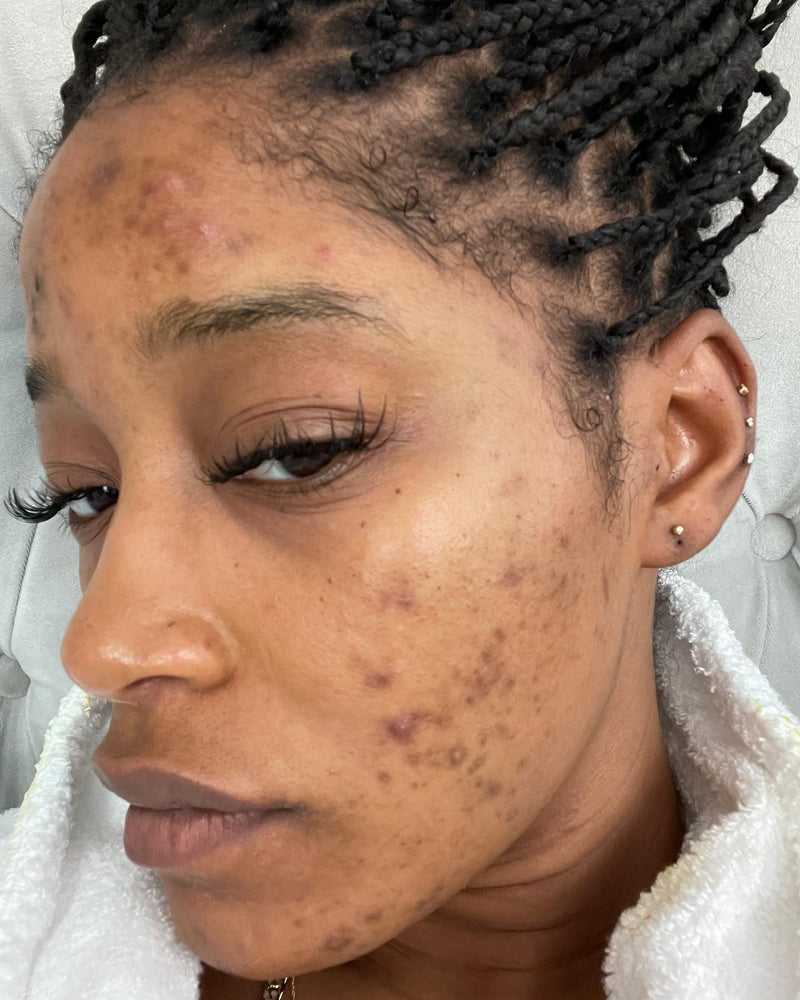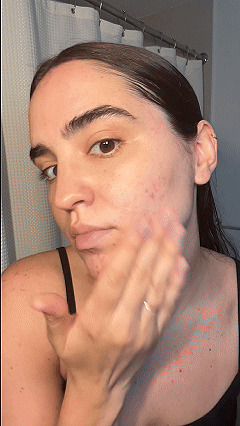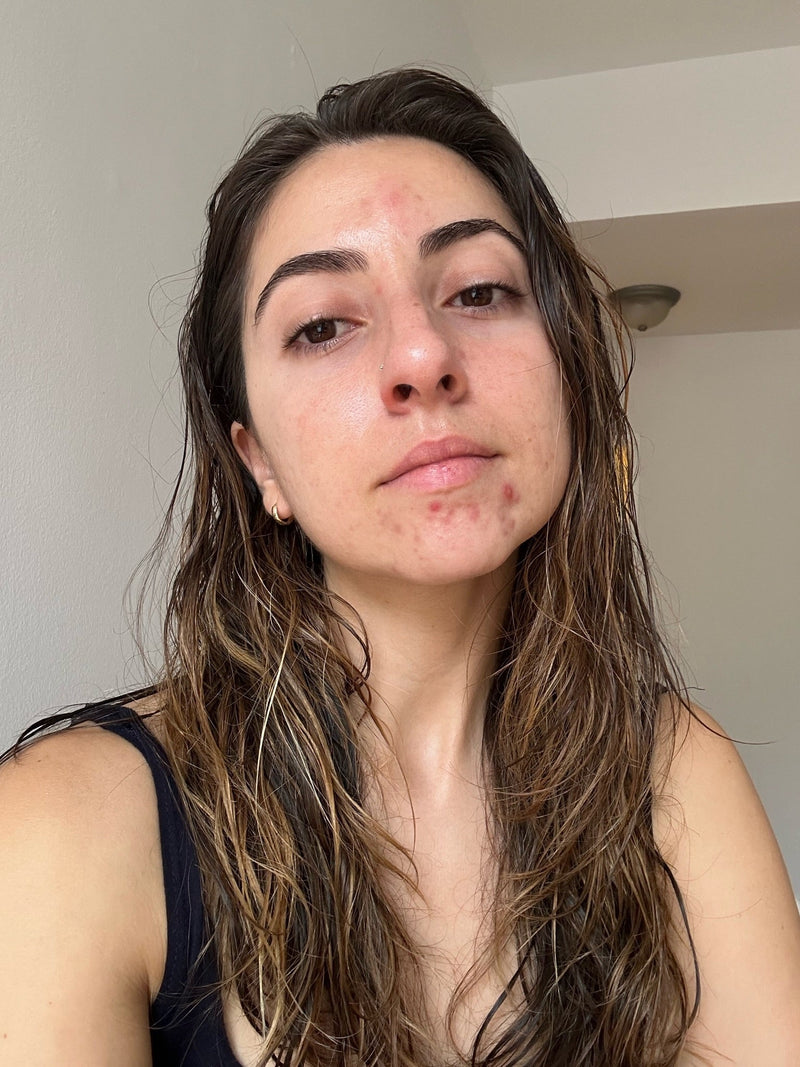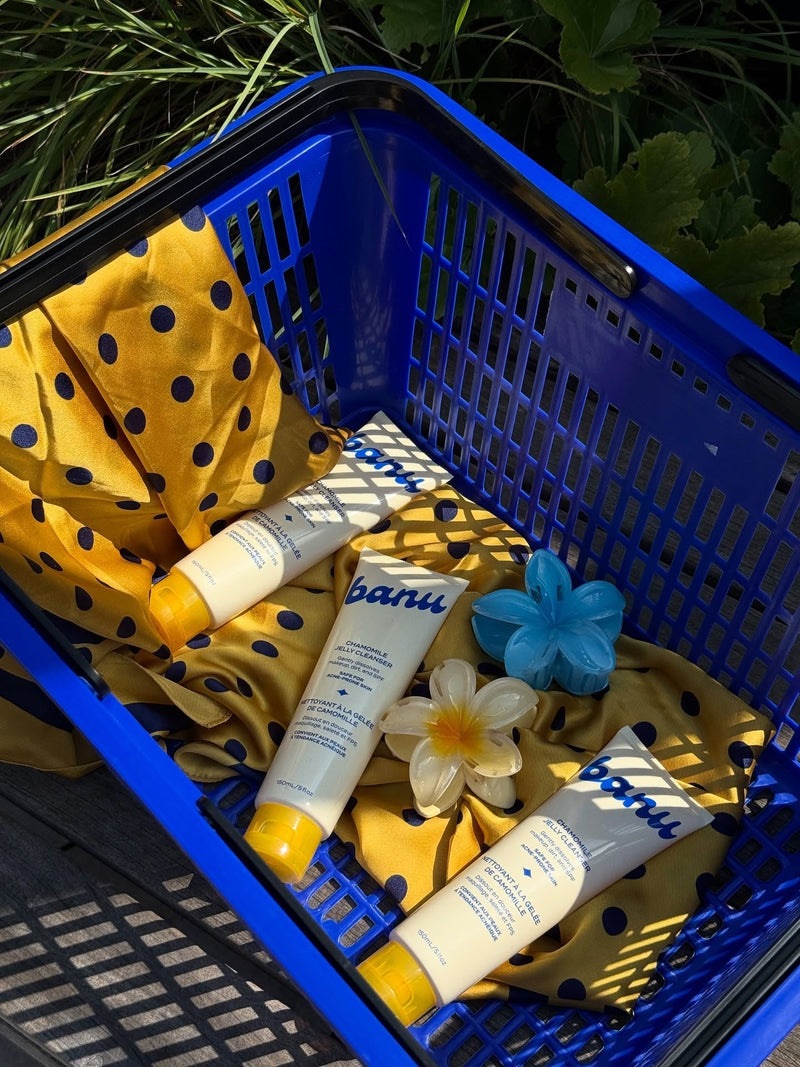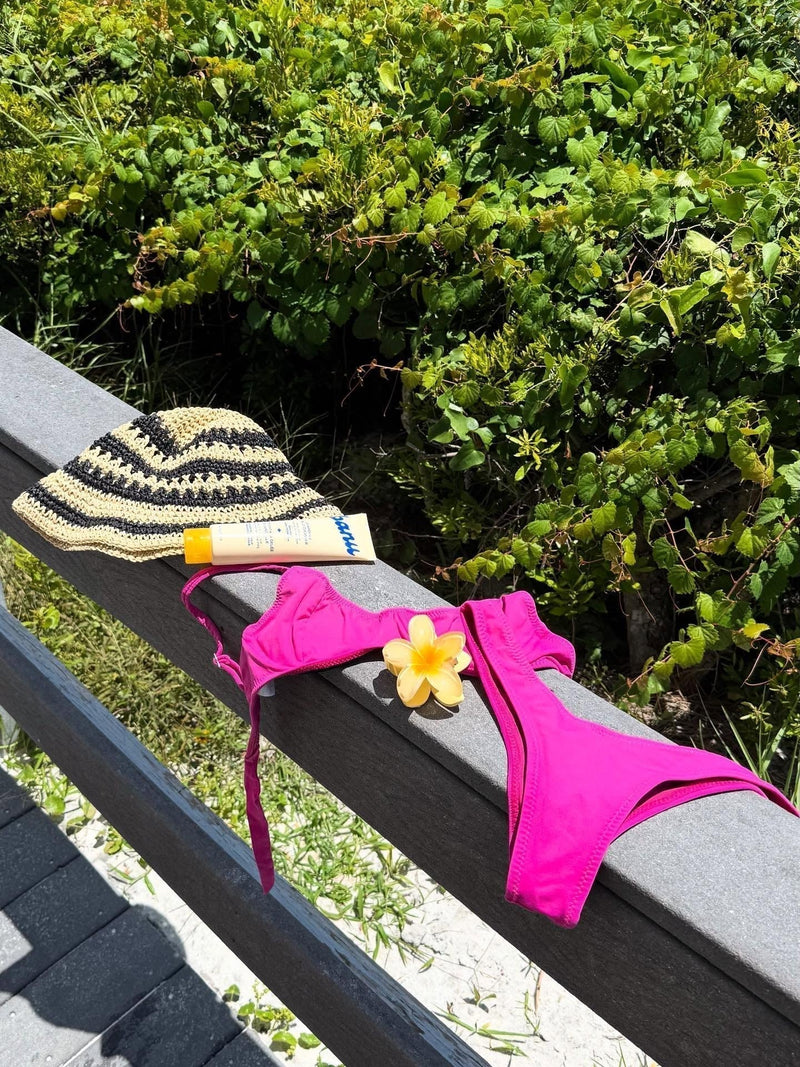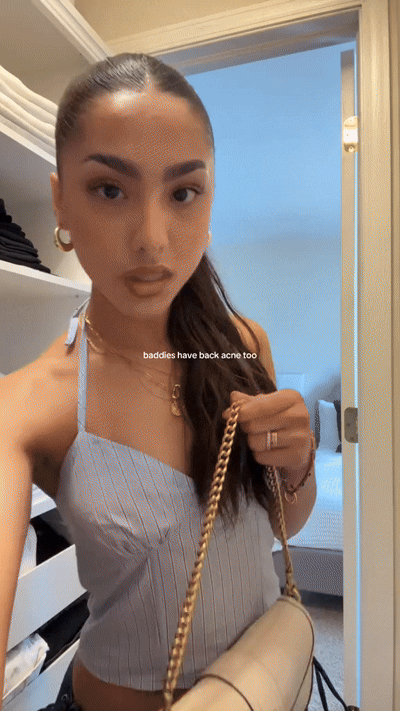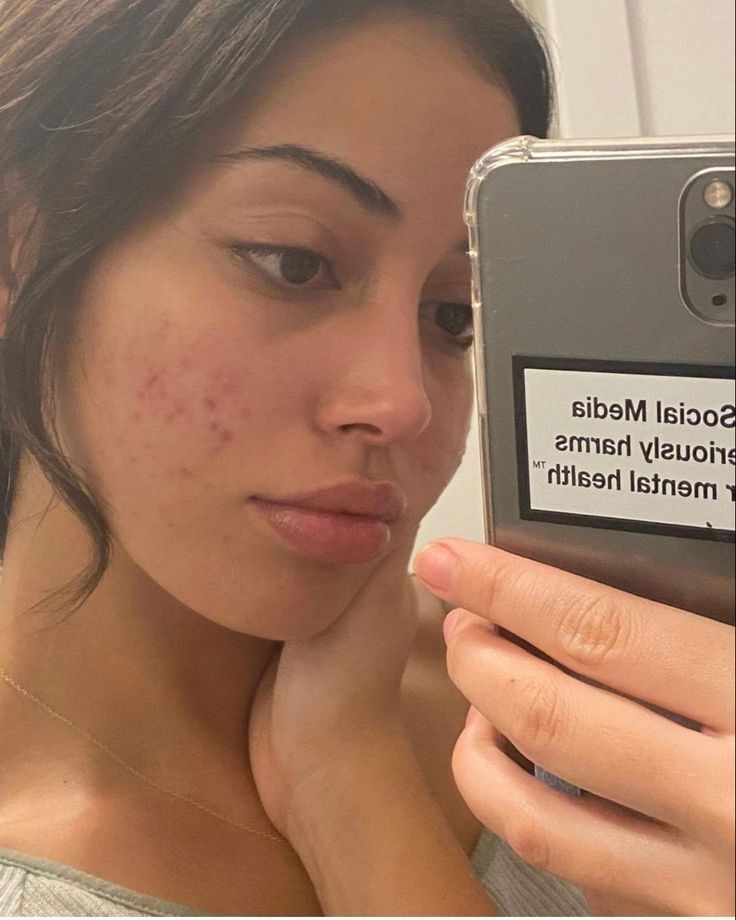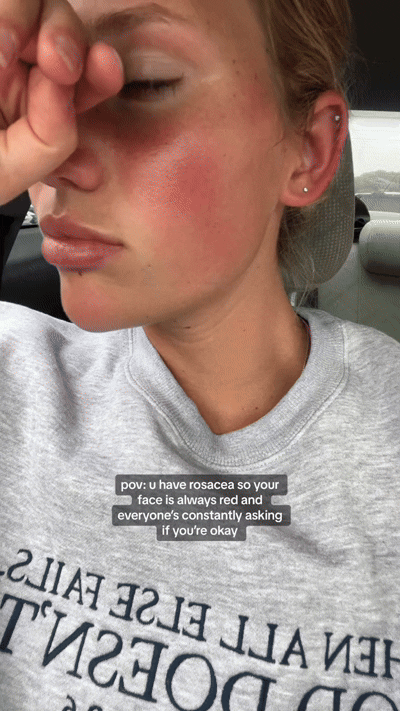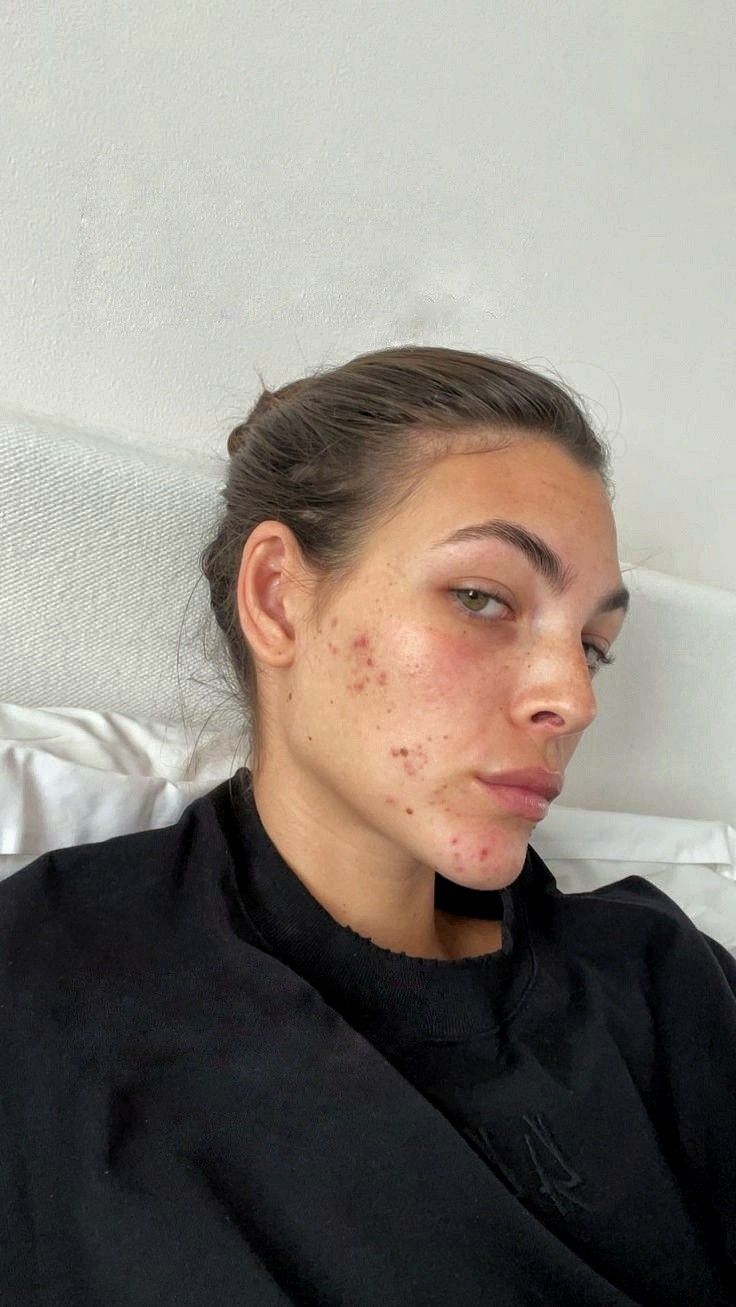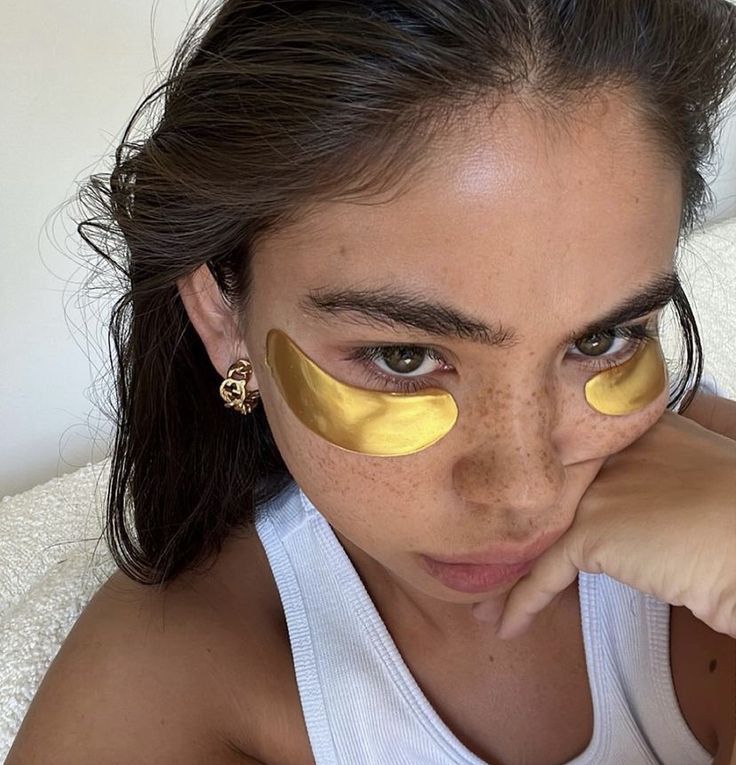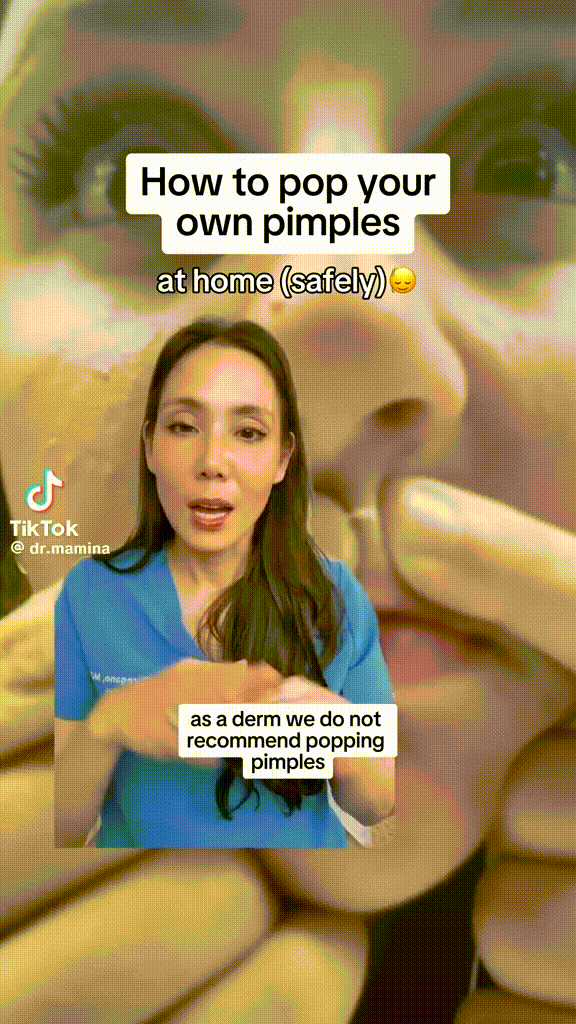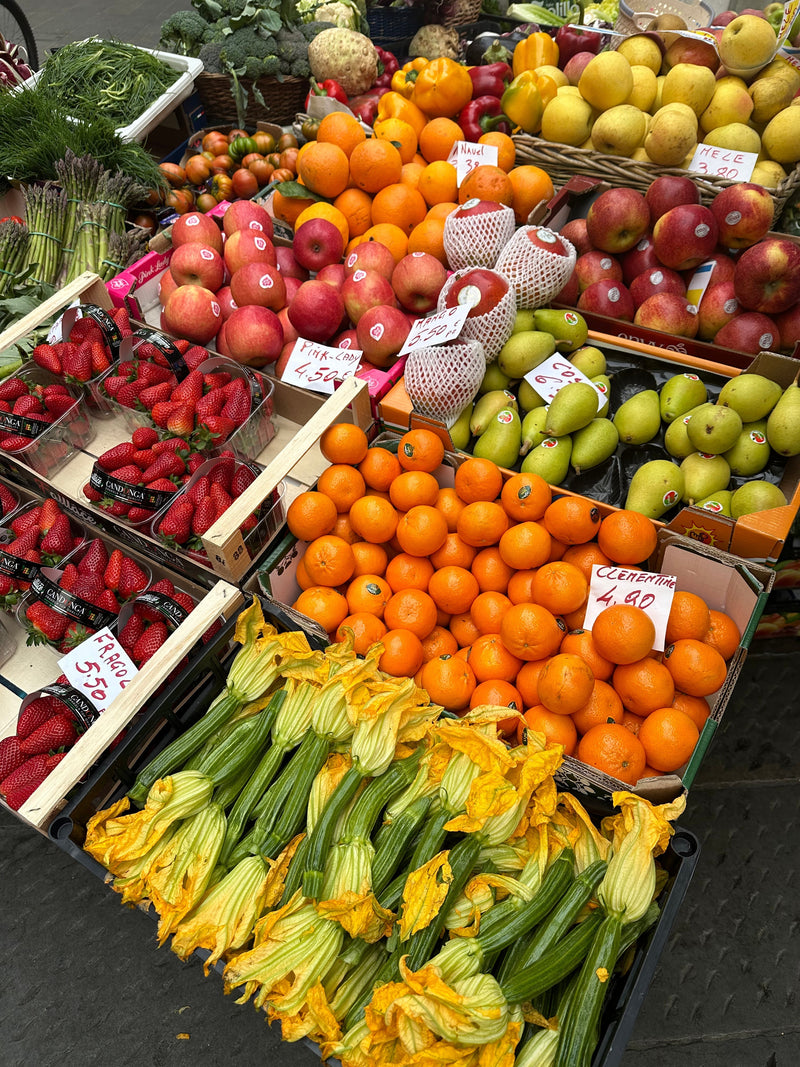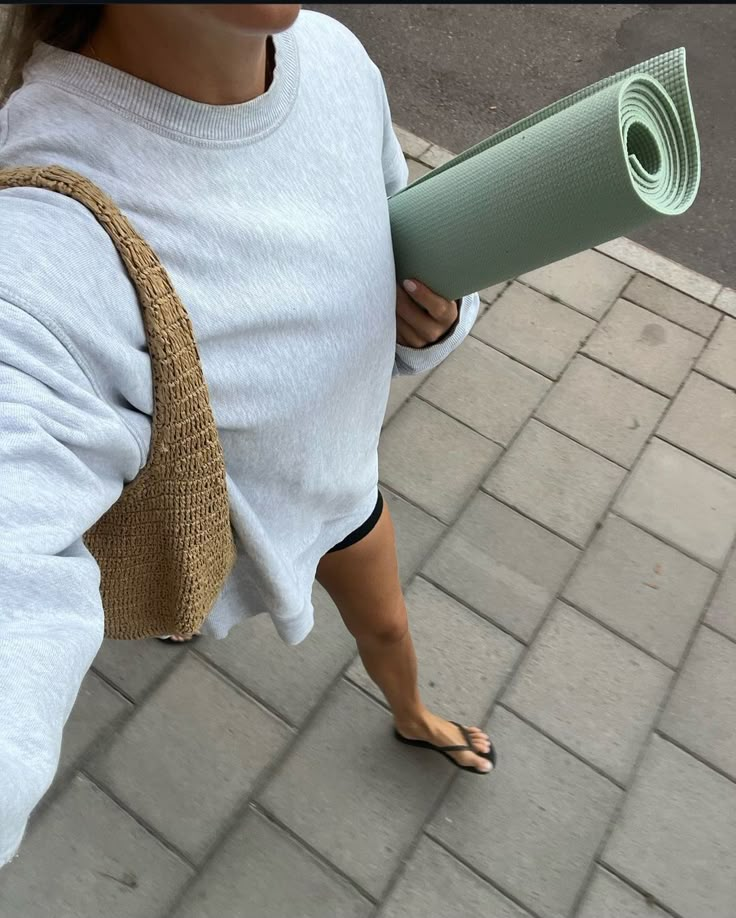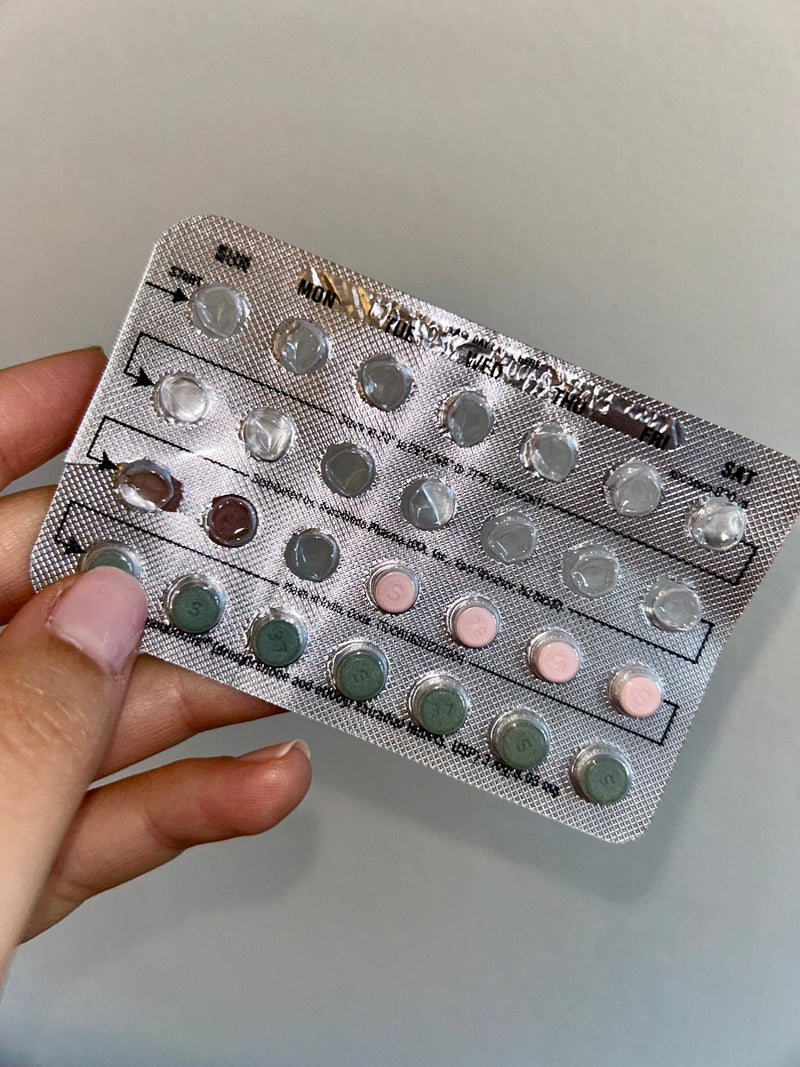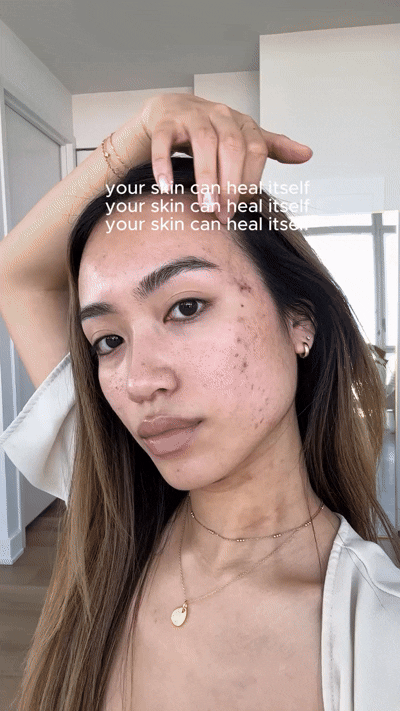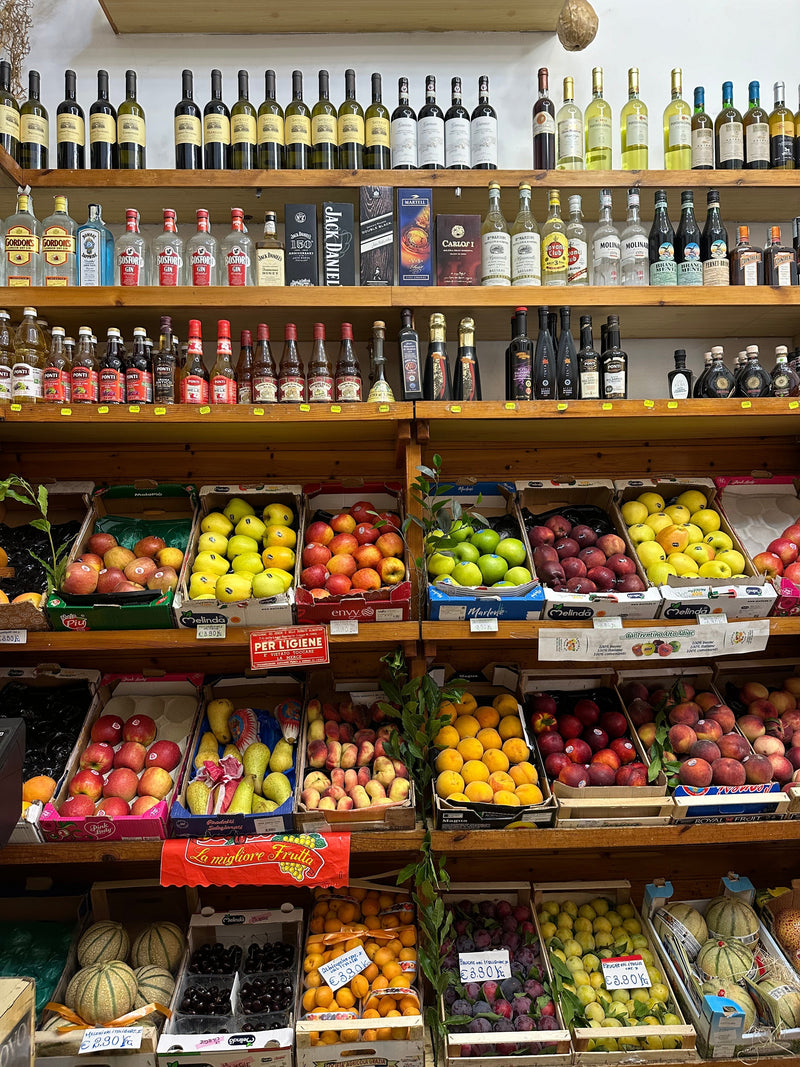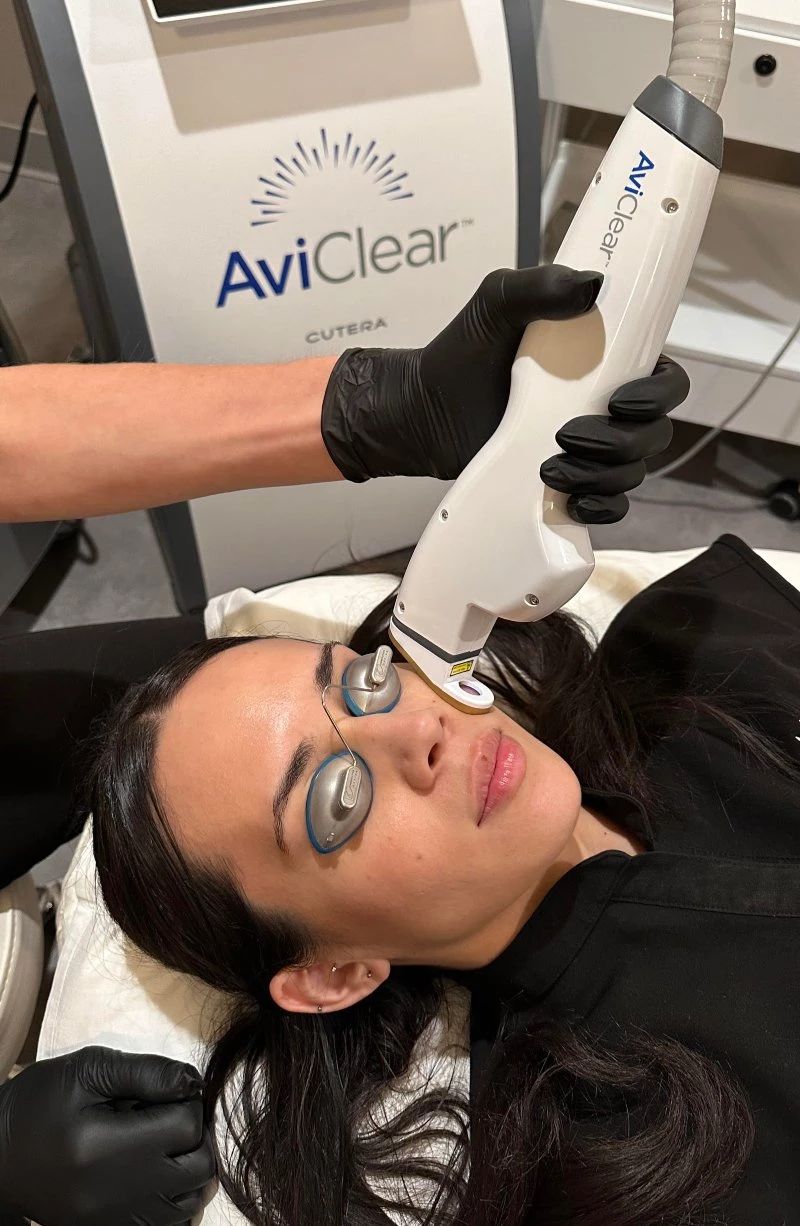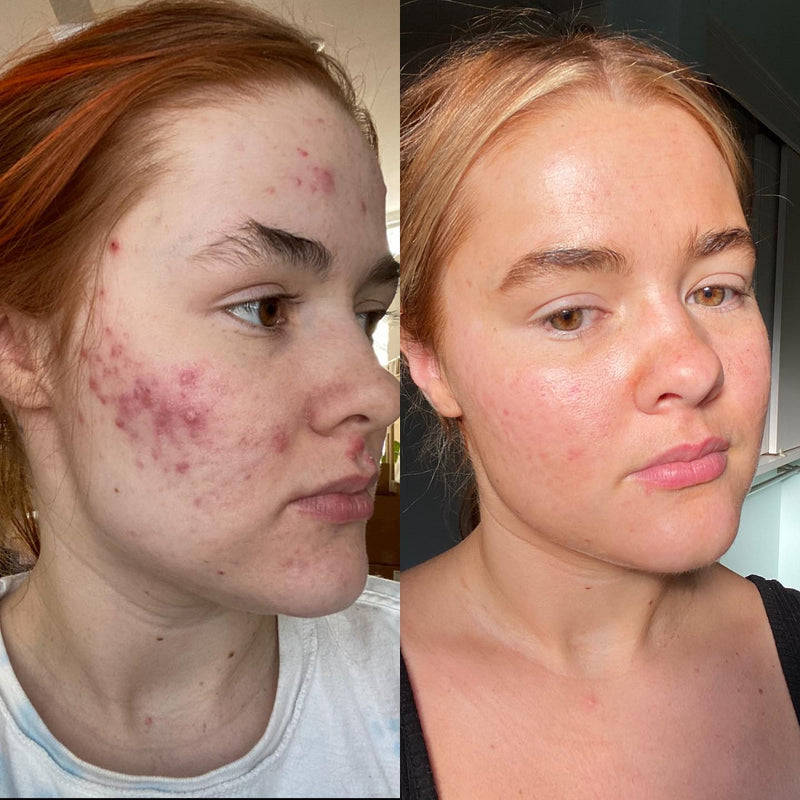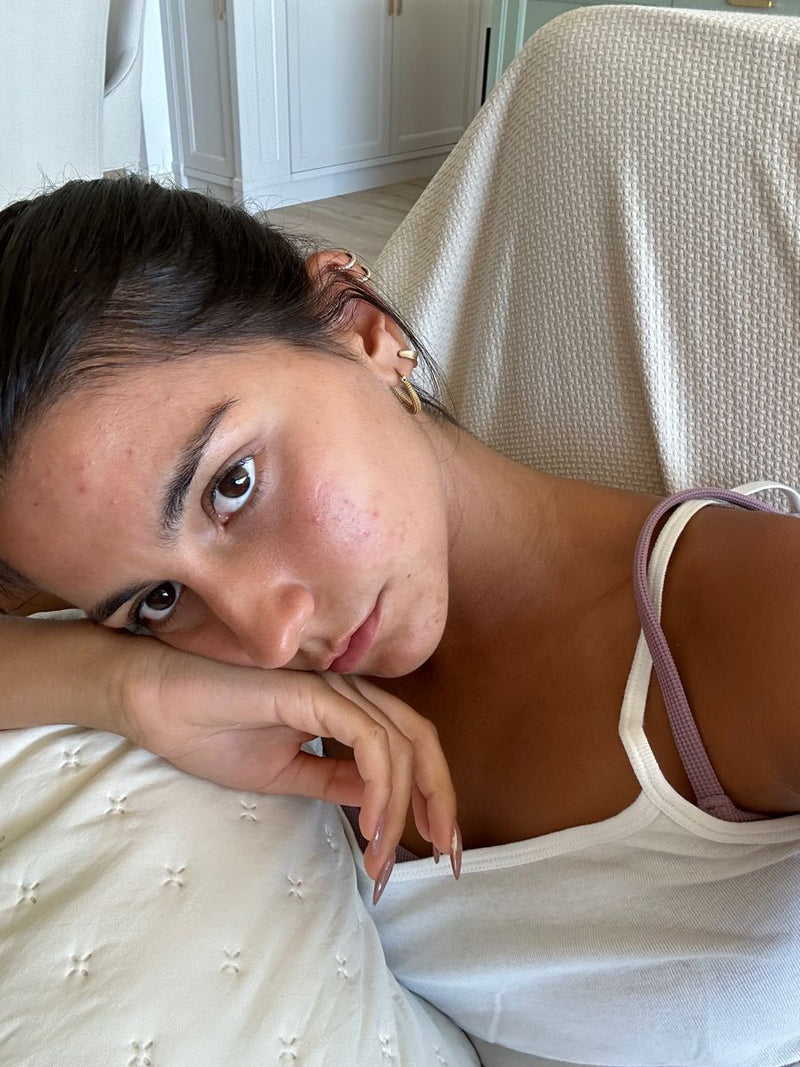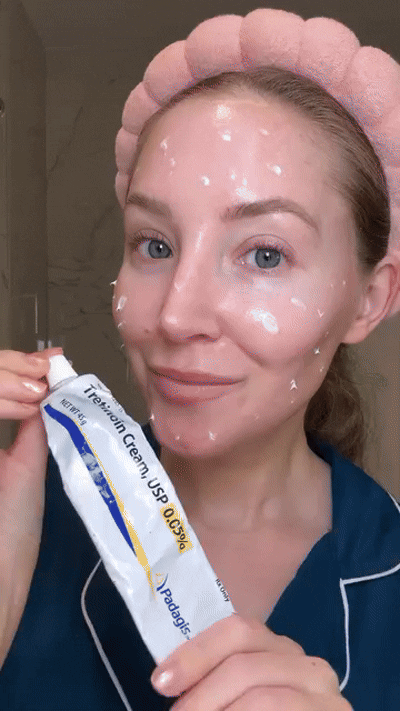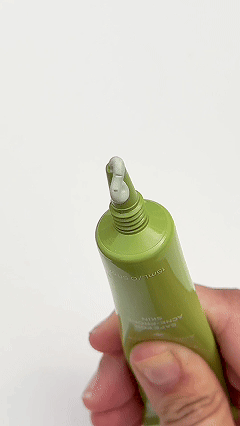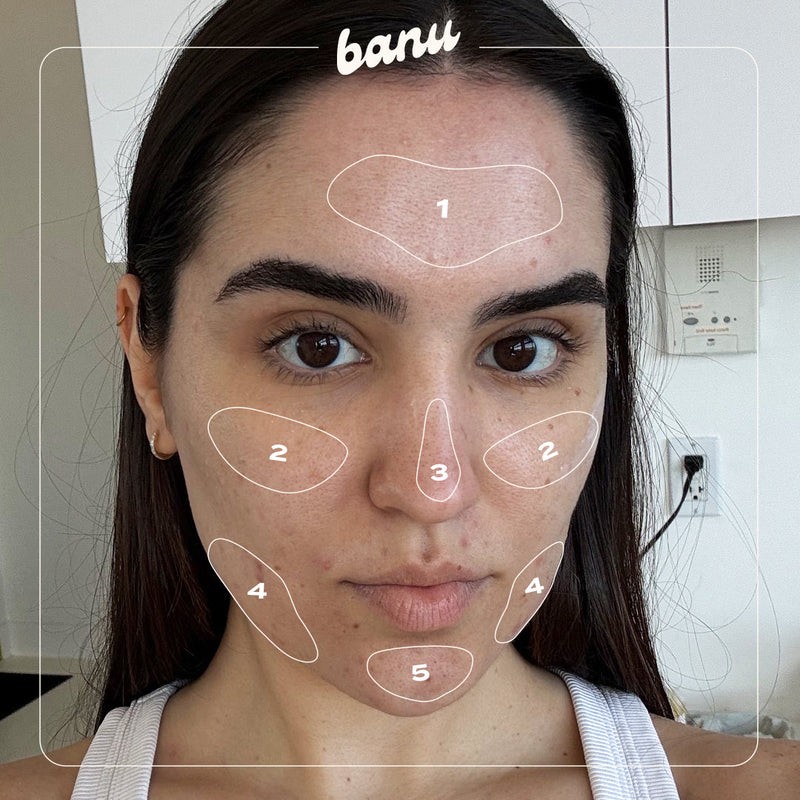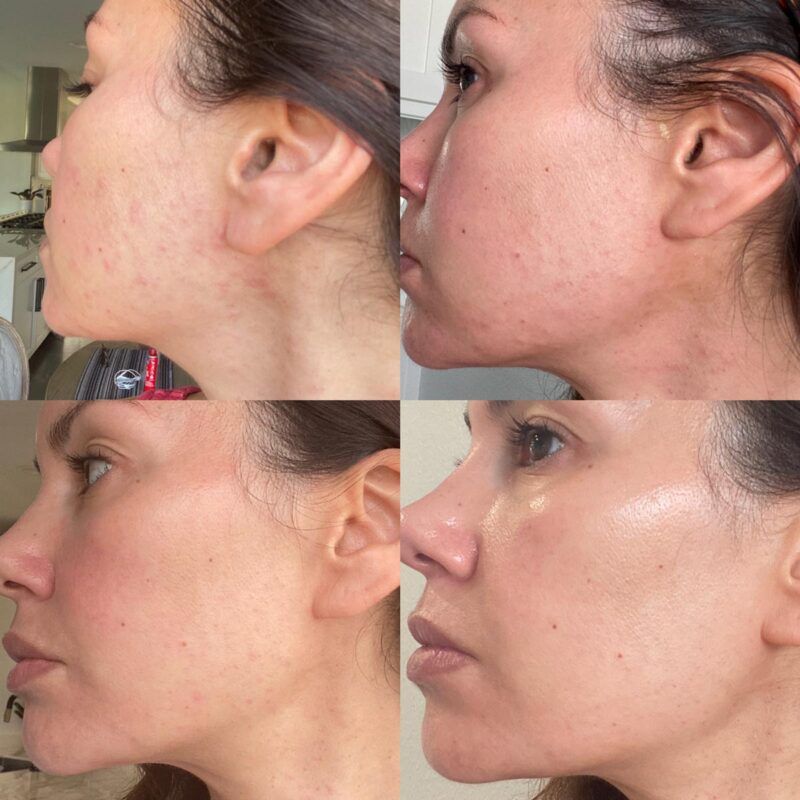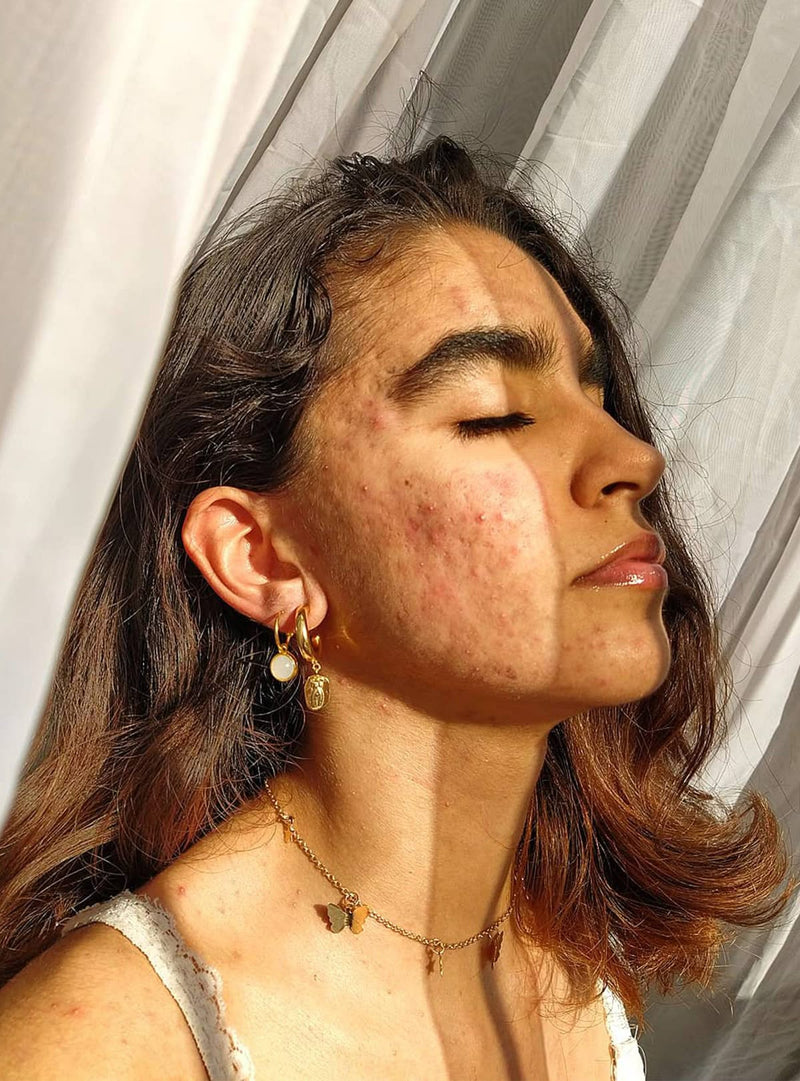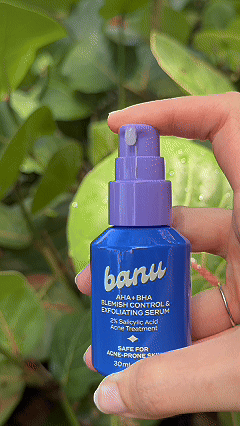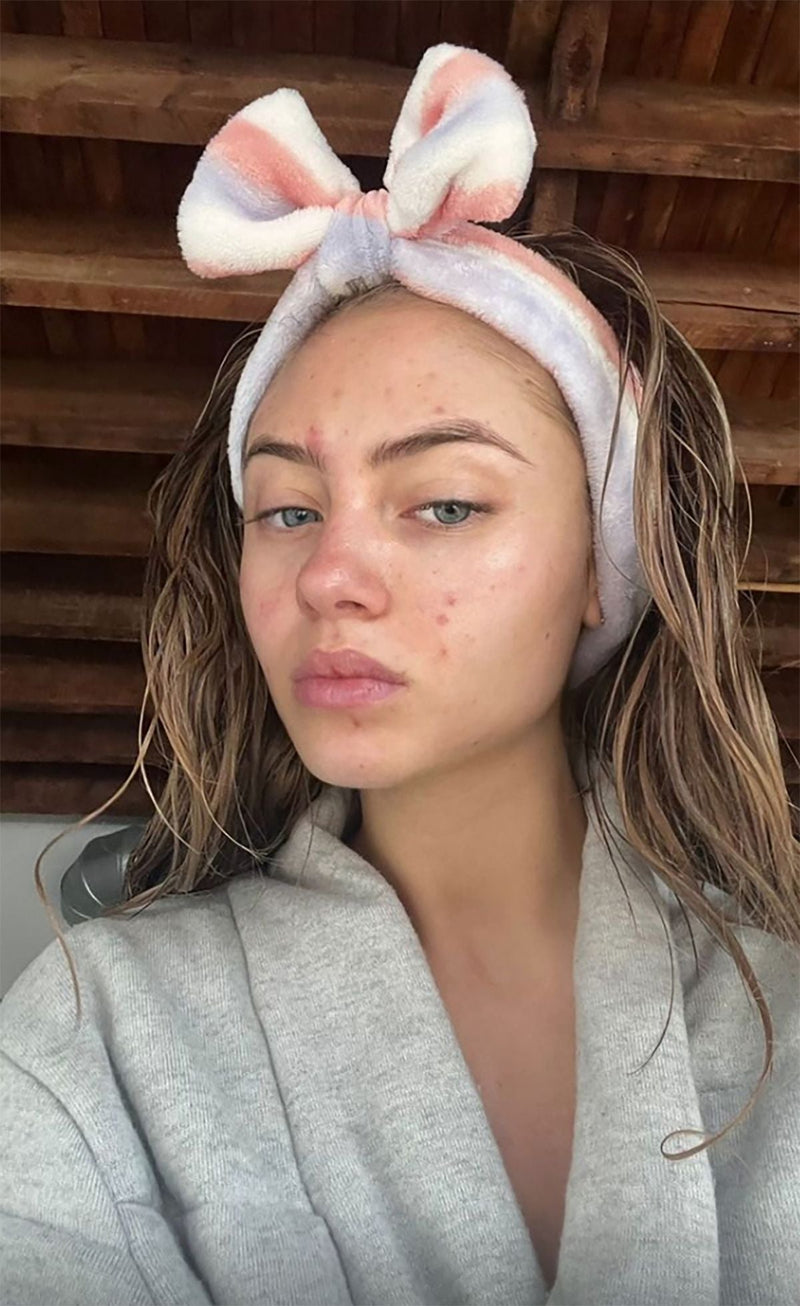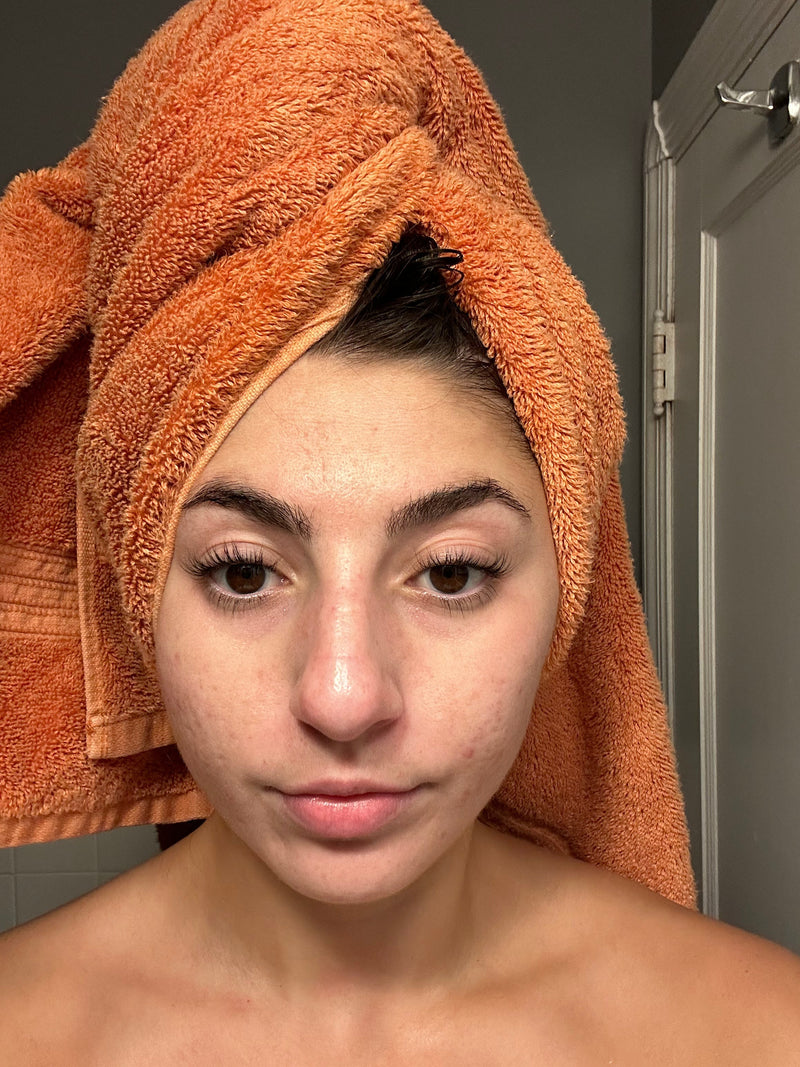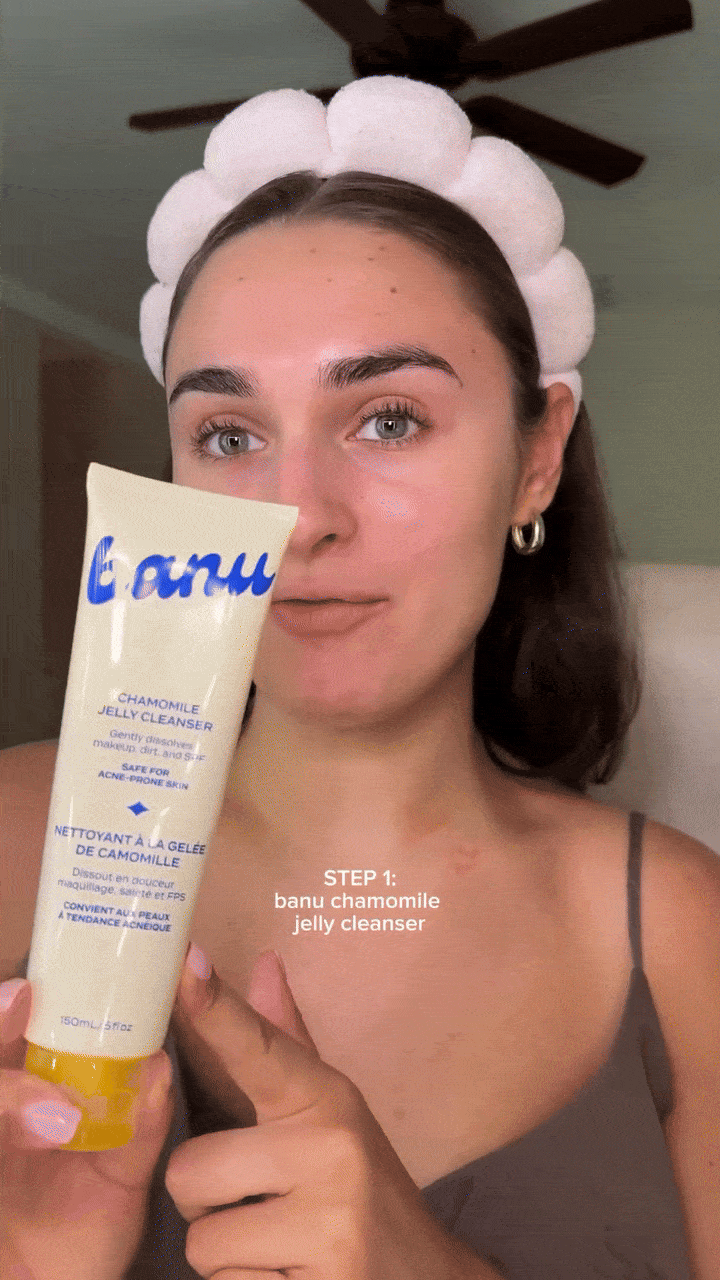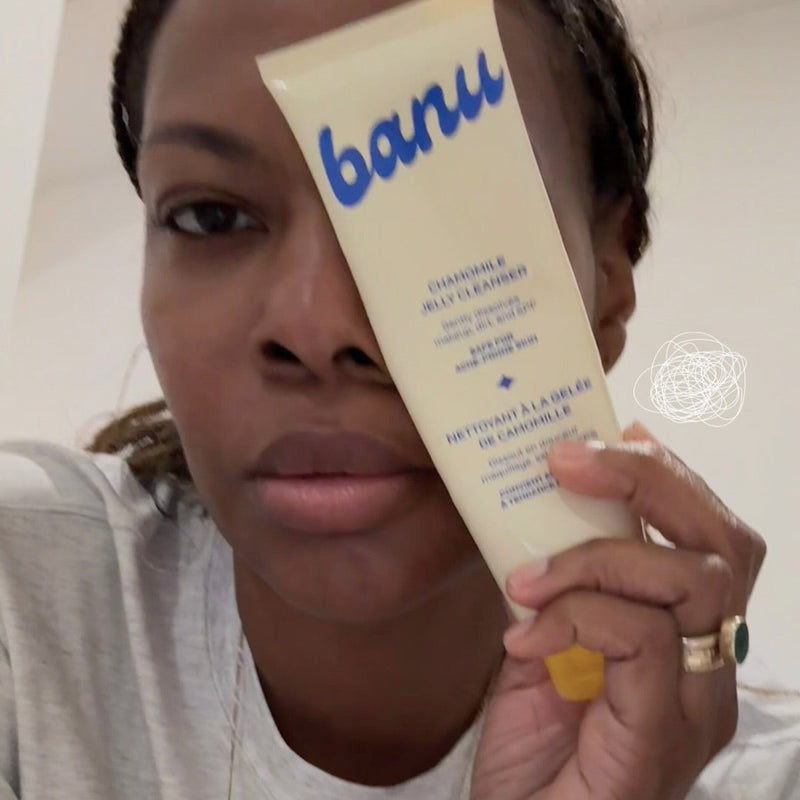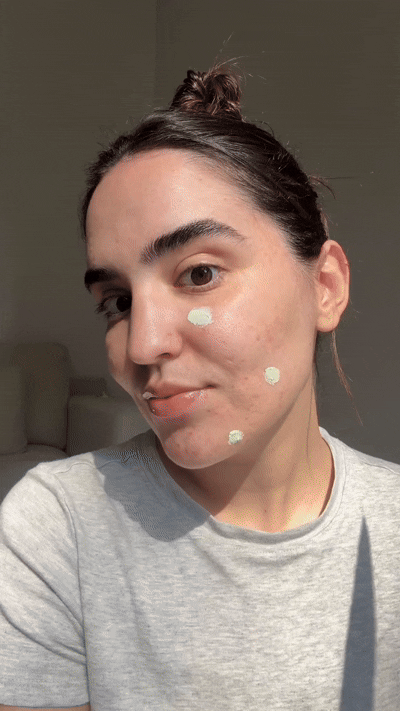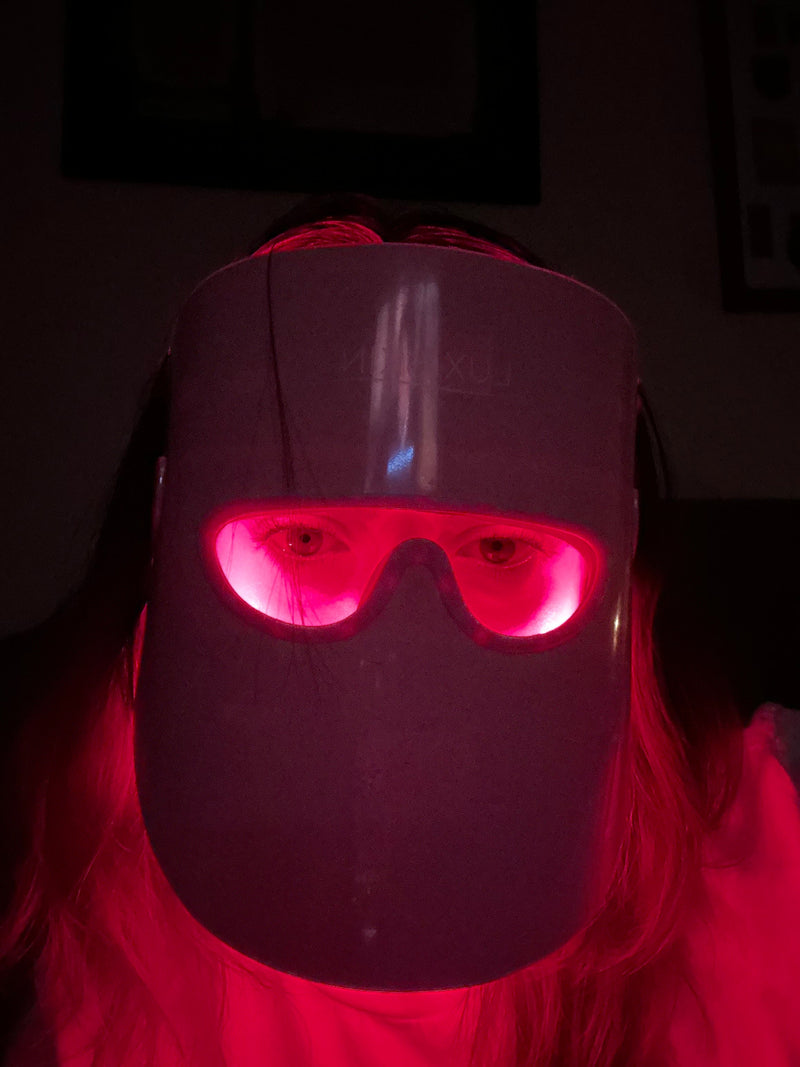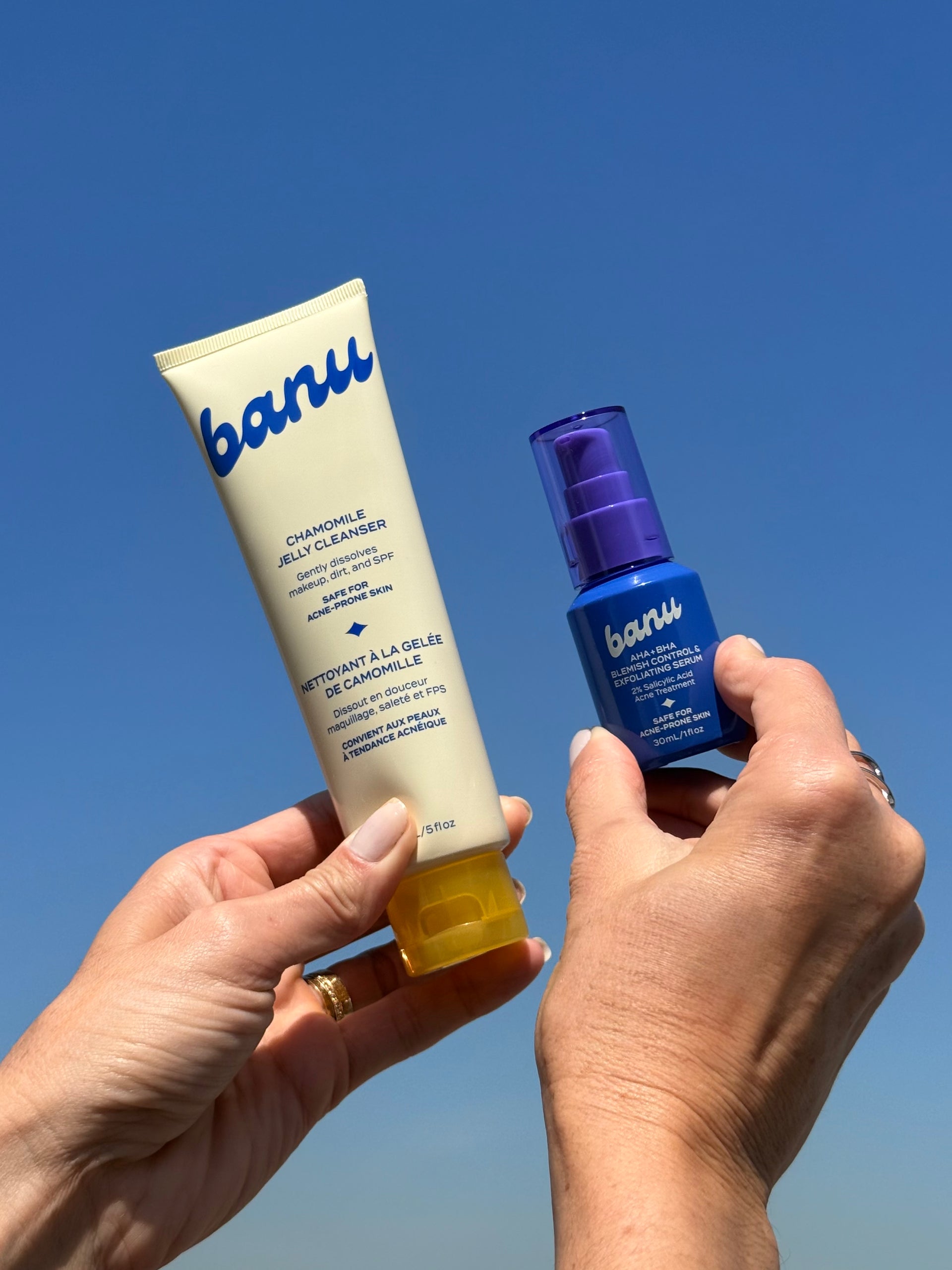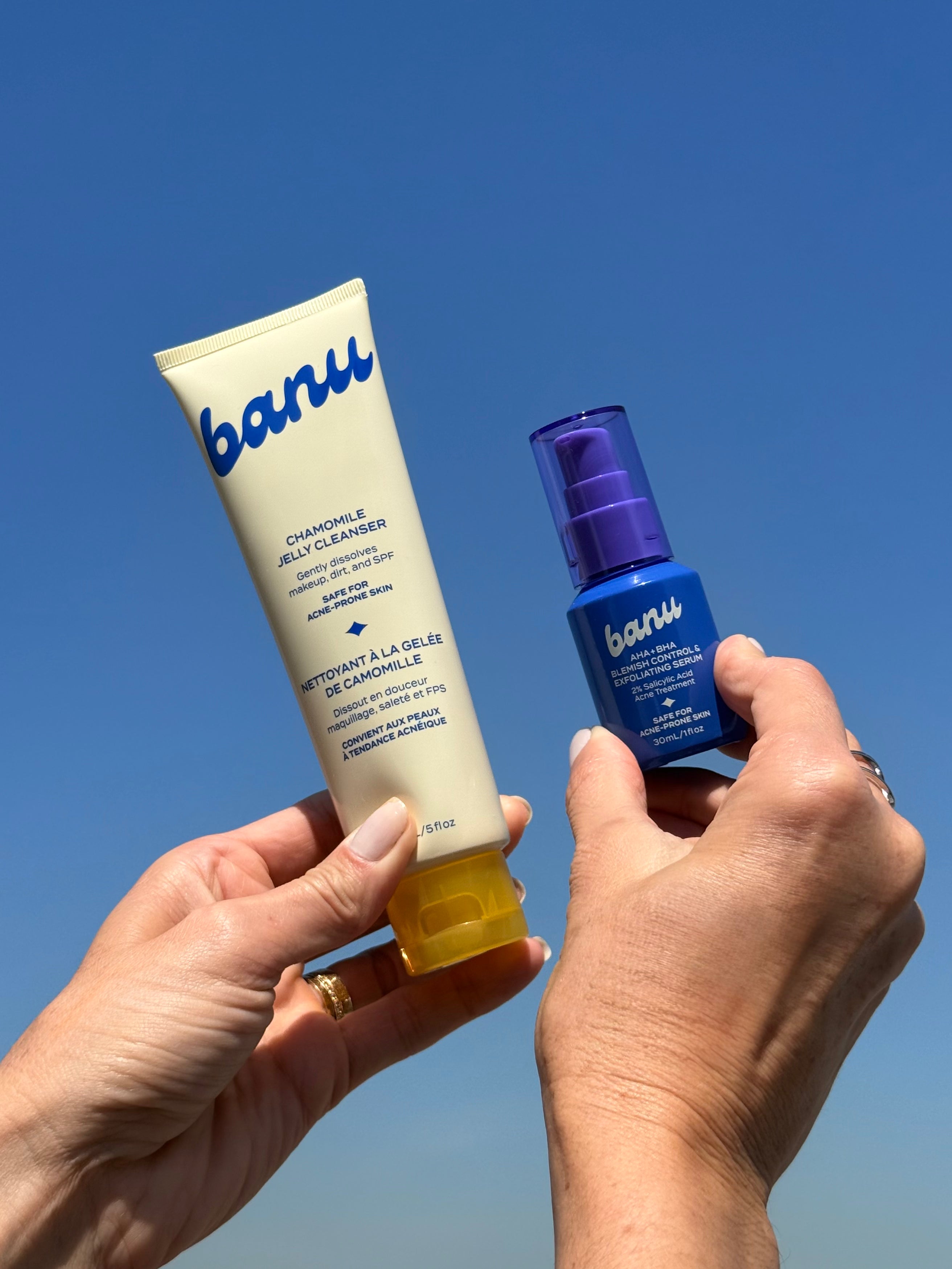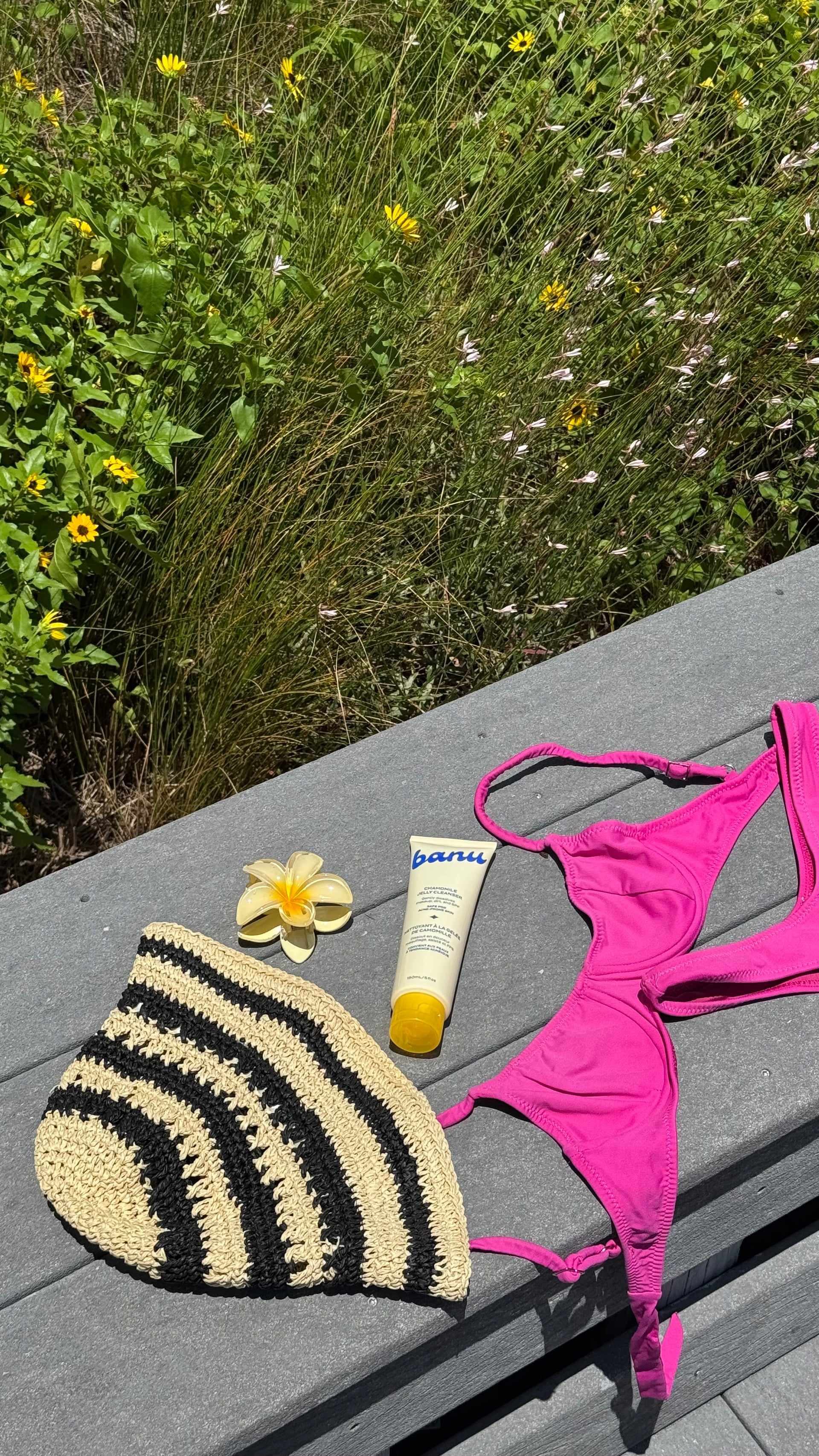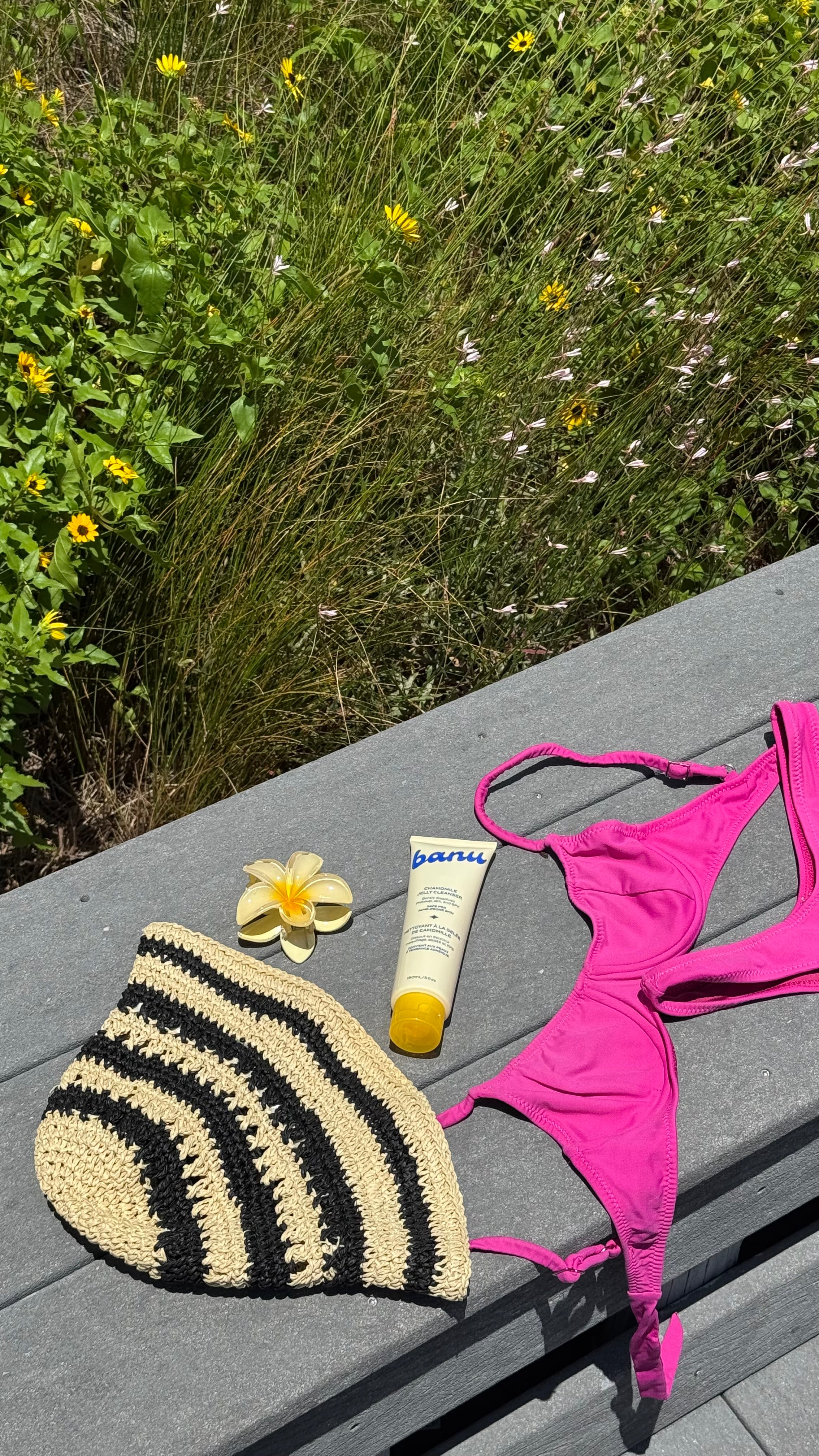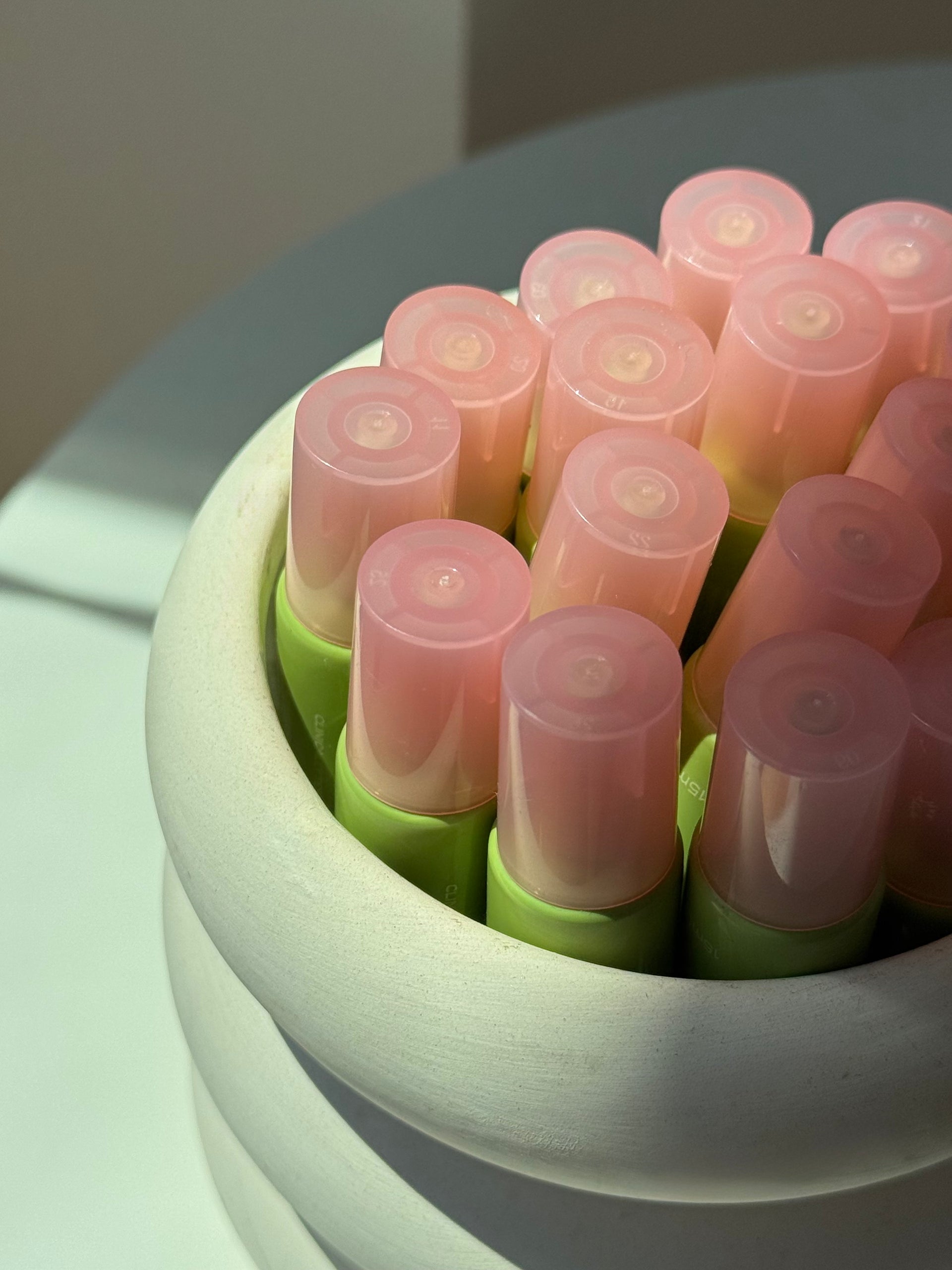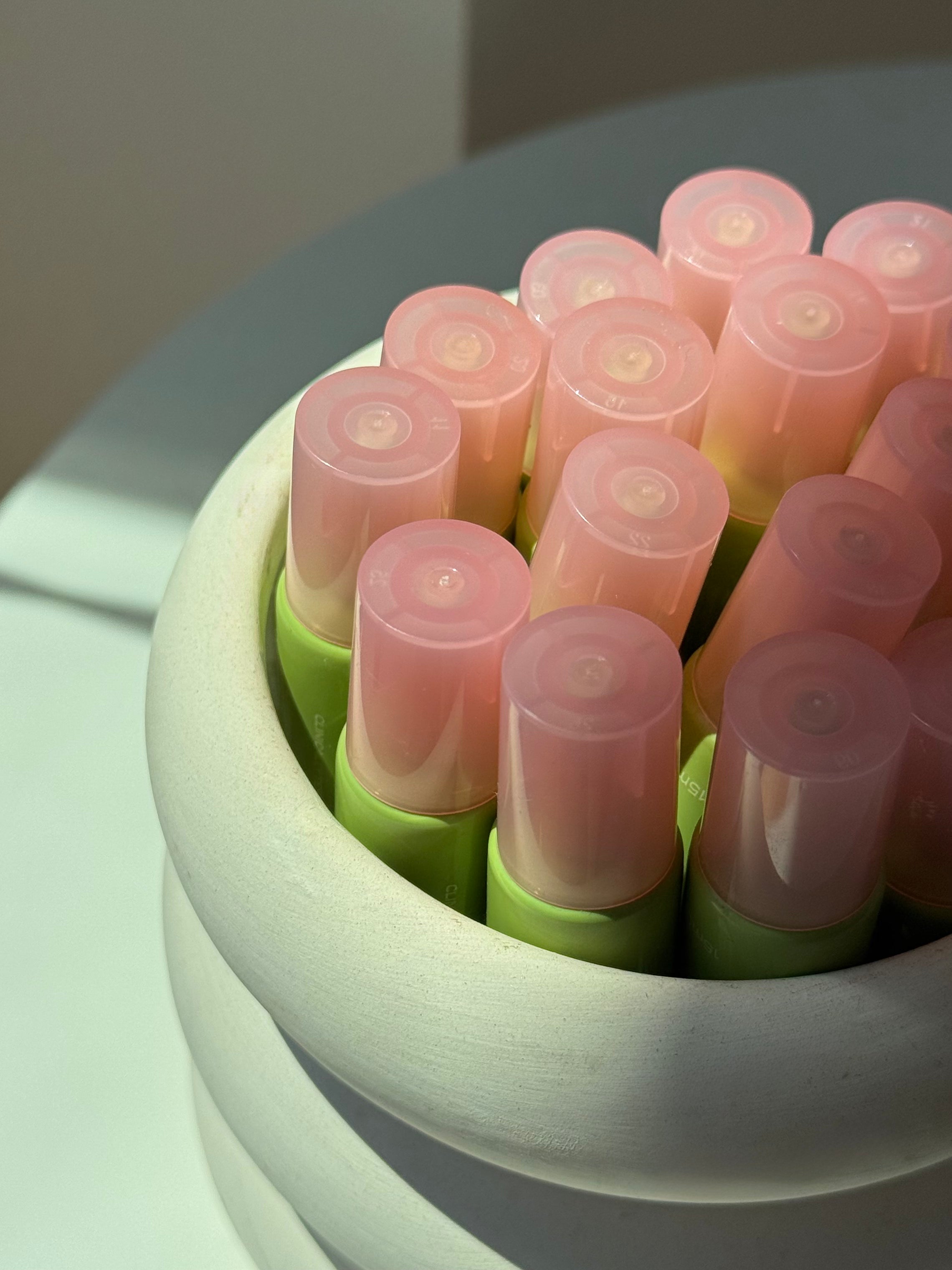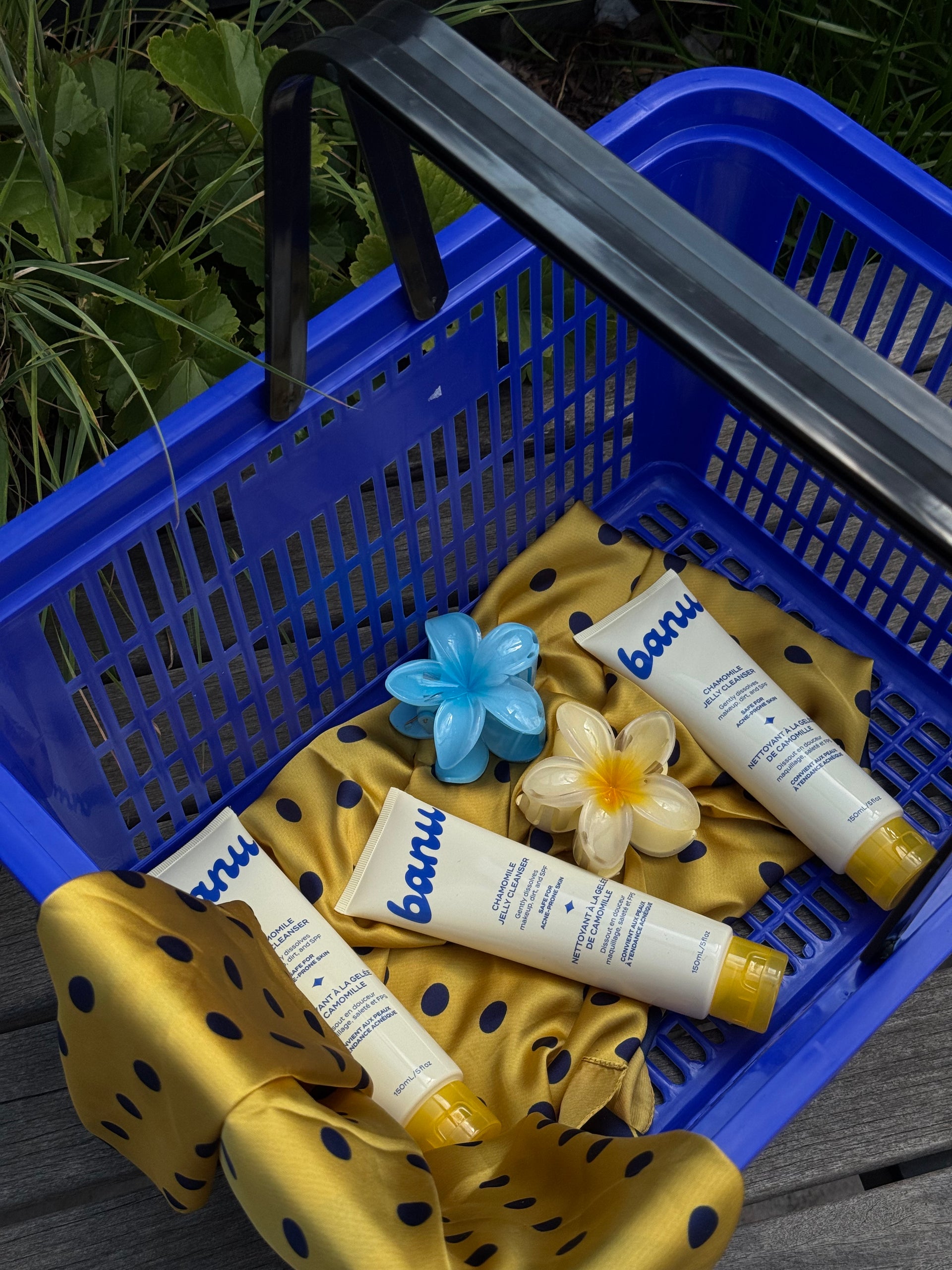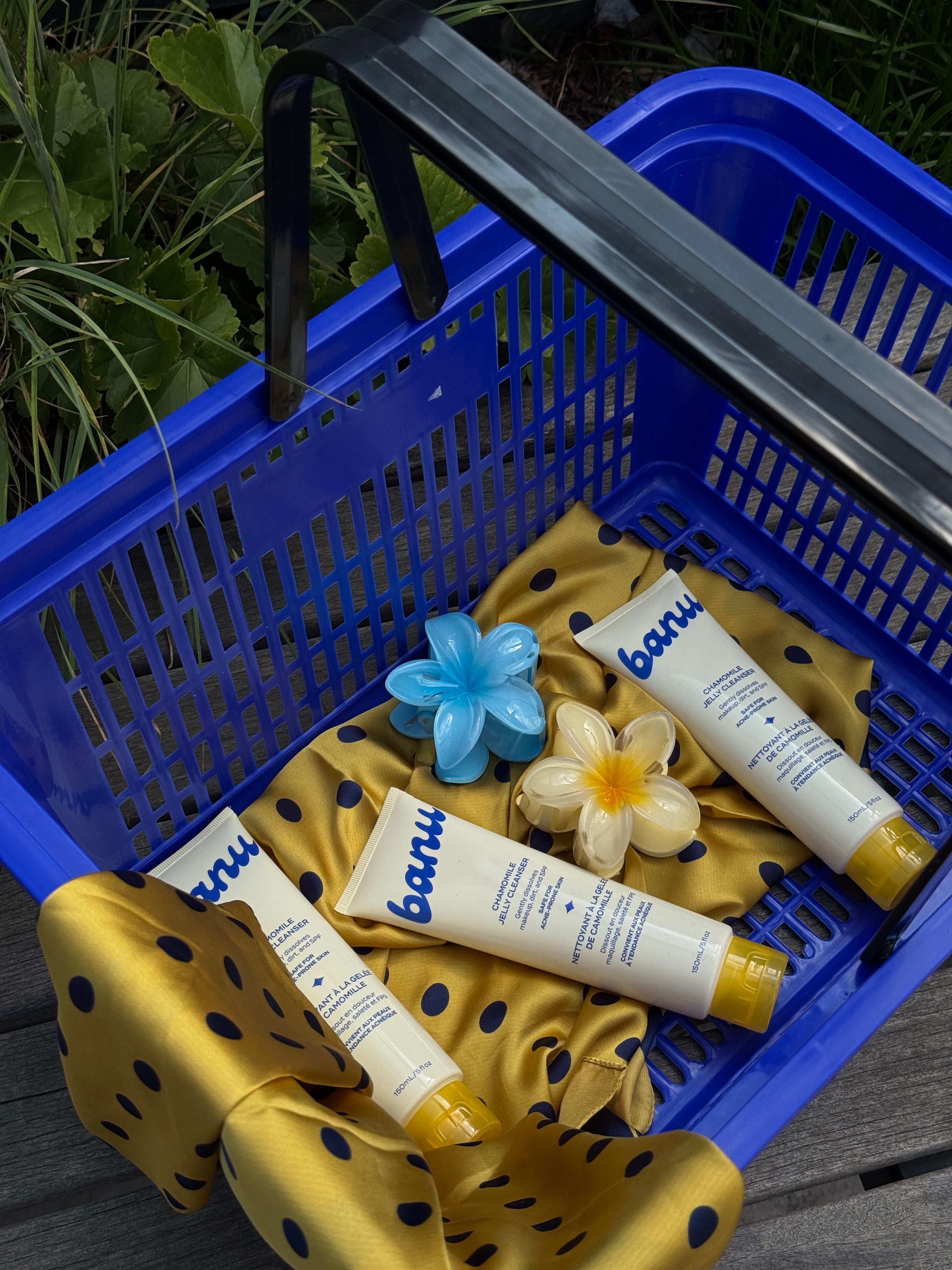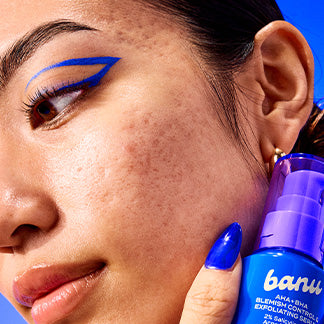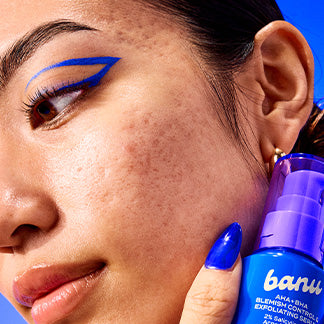Why Am I Suddenly Getting Cystic Acne?
12 March, 2025
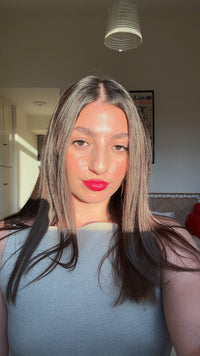
by Jenna Curcio
You’re breaking out, and not in the usual way. These spots feel deeper, they hurt, and they stick around way longer than you think they will. Sound familiar? Welcome to the world of cystic acne — frustrating, yes, but manageable with the right approach.
Let’s break down why cystic acne shows up and what to do about it (without wrecking your skin in the process).

First off: What is Cystic Acne?
Cystic acne forms deep under your skin and doesn’t usually come to a head. Think swollen, painful, red bumps that last for days — or weeks. It’s caused by inflammation, oil, and dead skin cells getting trapped way below the surface.
Over-the-counter products like benzoyl peroxide can help with some breakouts, but cystic ones usually need a more thoughtful, consistent approach, sometimes even prescription support.
Why Is This Happening All of a Sudden?
Good question. Here are a few reasons your skin might be flipping the script:
1. Hormonal Changes
Any major hormonal shifts — from your period to pregnancy, switching up your birth control, or even PCOS — can trigger cystic flare-ups. Androgens spike, oil ramps up, pores get blocked, and here we are.
You’ll often see it along your jawline or chin (classic hormonal acne zones).
2. Stress, Sleep, and Everything Else
Stress, poor sleep, and even switching up your diet or meds can throw your body off — and your skin responds fast. These changes often mess with your hormones, which can trigger cystic acne.
3. Product Overload
Sometimes, it’s your skincare routine. Harsh exfoliants, heavy oils, or too many actives can damage your barrier, trap dead skin cells, and lead to deeper breakouts.
Even benzoyl peroxide, while helpful, can backfire if your skin’s already inflamed or dry. Balance is key here.
4. Sweat + Bacteria = Breakouts
Been working out more? Wearing tighter clothes? Not washing off right after sweating? That mix of sweat, bacteria, and oil (plus dead skin cells) is a recipe for body cystic acne — especially on your back, shoulders, and chest.
How to Know It’s Cystic
-
The bumps are painful, red, and deep
-
They don’t pop (and you really shouldn’t try)
-
They stick around longer than a week
-
They often leave dark marks or scars
So…What Can You Do?
No overnight fixes here, but plenty of steady solutions.
Keep your routine simple and acne-safe
Gentle cleanser, lightweight moisturizer, and one active at a time. You can layer in benzoyl peroxide, but go slow.
-
Ice it
Seriously — it helps reduce swelling and calm things down. -
Don’t pick
Tempting, we know. But it’ll only make things worse. -
Support from the inside
Cut back on excess dairy, sugar, and greasy foods. Up your water, omega-3s, and veggies. -
Clean your stuff
Phones, pillowcases, gym gear, hands — whatever touches your face.
When to Call In a Pro
If you’re dealing with frequent or painful breakouts, talk to a dermatologist. They can help with a treatment plan that might include oral antibiotics, hormonal therapy, retinoids, or prescription-strength benzoyl peroxide.
Cystic acne can be super persistent, but with the right support, you can see progress.
Where That Leaves Us
This isn’t your fault. Cystic acne doesn’t mean your skin is broken — it just needs a different kind of care. Whether it’s hormonal changes, too much product, or something internal, you’re not in this alone. And no, your skin isn’t too far gone.
Progress > perfection. Always.
Let’s get there together.

Author
Jenna Curcio
Ciao, I’m Jenna :) I’m a writer and brand strategist with 6+ years of experience telling stories in the beauty world — both professionally and personally. After years of dealing with acne, I know how overwhelming and emotional the skincare journey can be. I’m here to make it feel a little less confusing and a lot more human.
